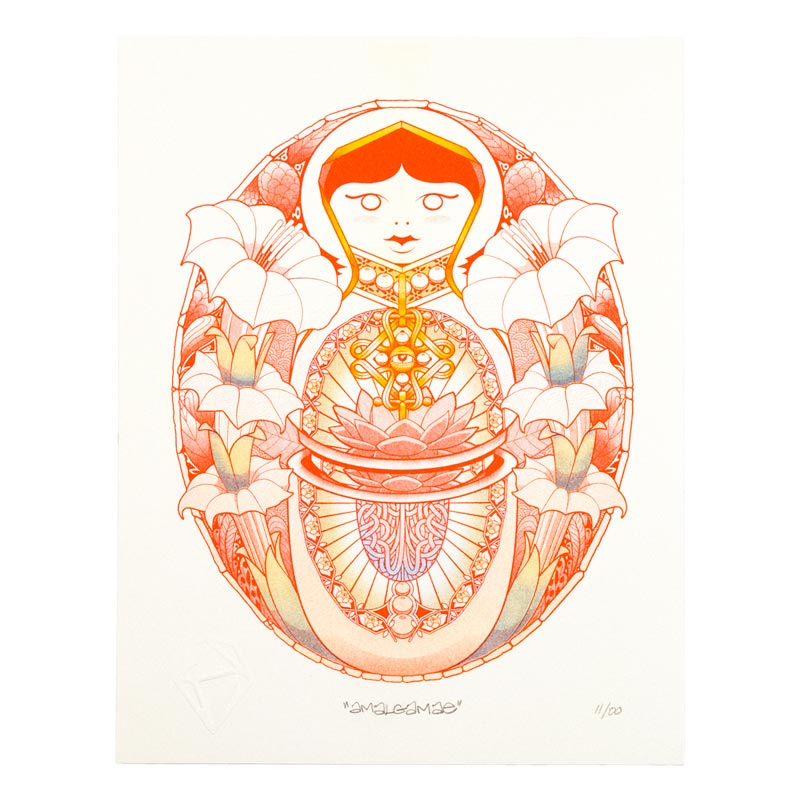
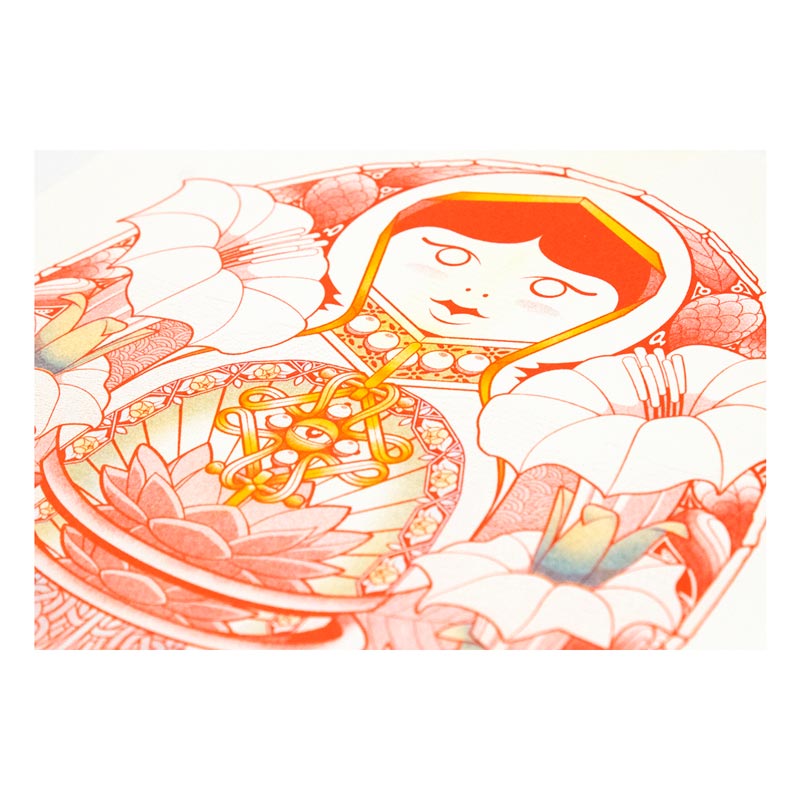
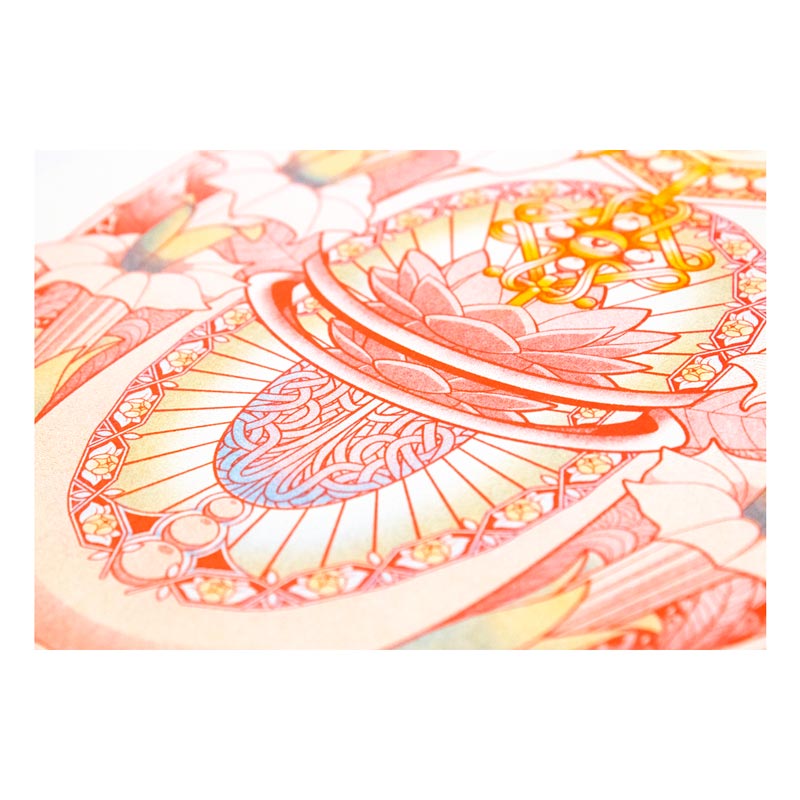
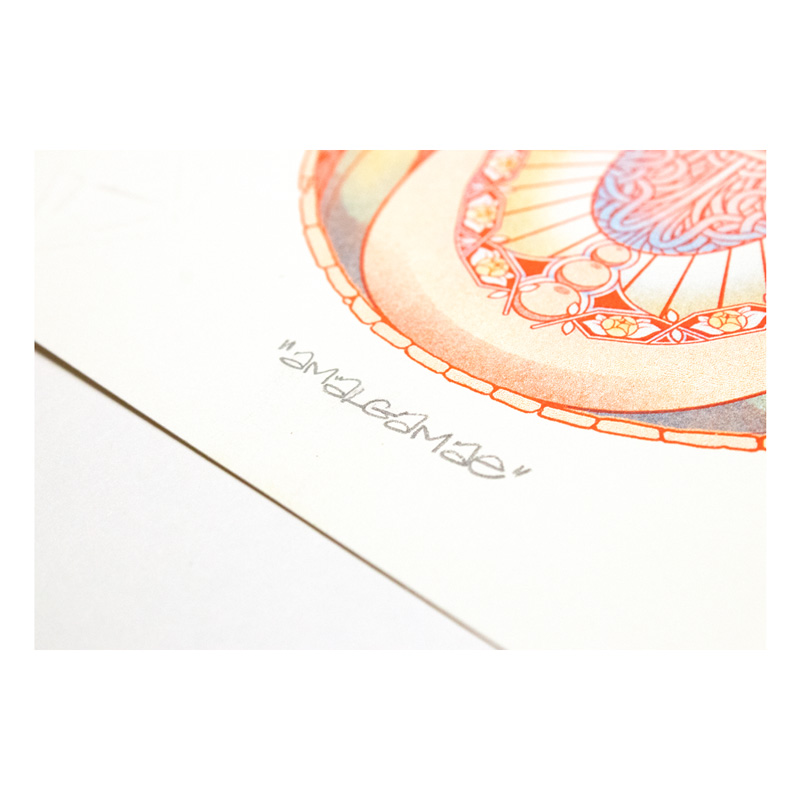
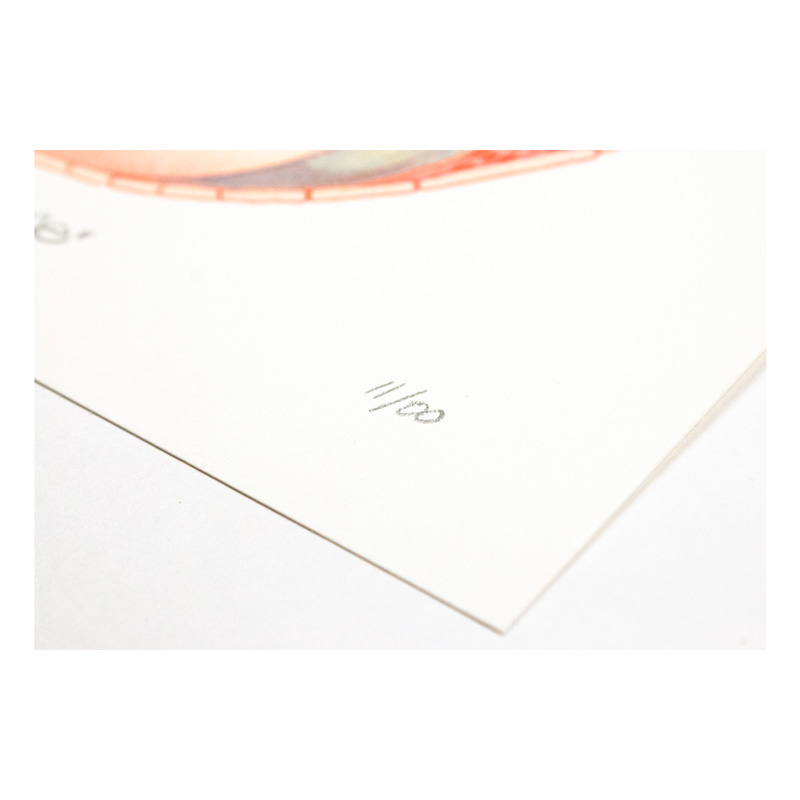
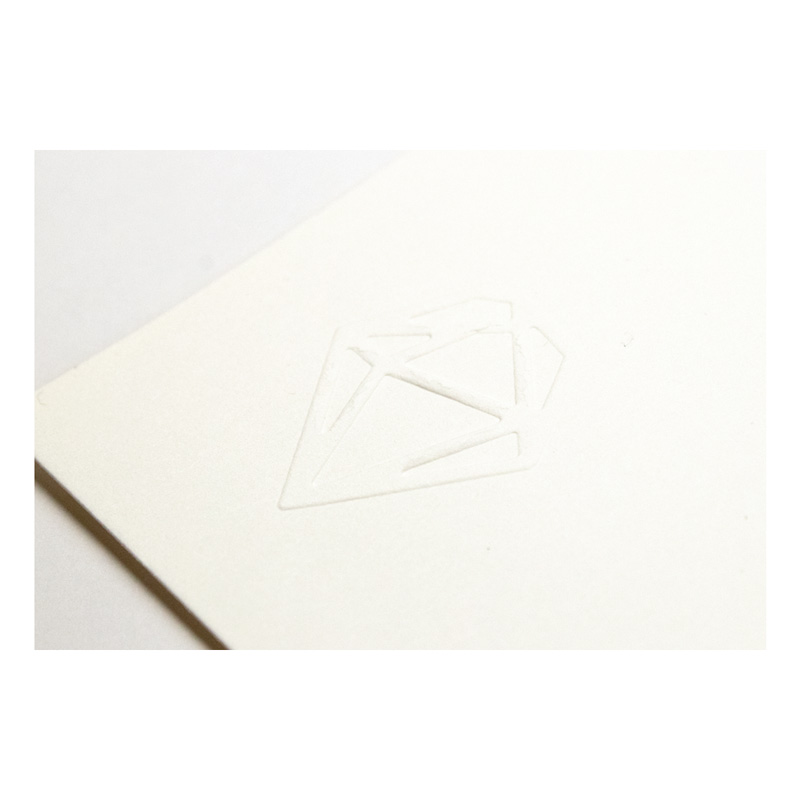
SUGGESTED MSRP: $20.00 / Print
8.5 x 11 inch 3-location risograph print on embossed 200g paper. No shipping/tax fees applied on wholesale orders. Contact for additional product info.
NUGGETS🐣
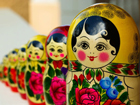 The Russian dolls, originally known as Matryoshka dolls, have become a namesake of Russian nationalism dating back to the late 19th century. The name Matryoshka is derived from the common Russian name Matryona, meaning "little matron." The Matryoshka doll's origin is up for debate, but its derivative style indicates a close connection to the Japanese Kokeshi doll, which dates back to the 1600s. Similar to Russian dolls, Kokeshi dolls are characterized by their vibrantly painted features and limbless wooden bodies.
The Russian dolls, originally known as Matryoshka dolls, have become a namesake of Russian nationalism dating back to the late 19th century. The name Matryoshka is derived from the common Russian name Matryona, meaning "little matron." The Matryoshka doll's origin is up for debate, but its derivative style indicates a close connection to the Japanese Kokeshi doll, which dates back to the 1600s. Similar to Russian dolls, Kokeshi dolls are characterized by their vibrantly painted features and limbless wooden bodies.
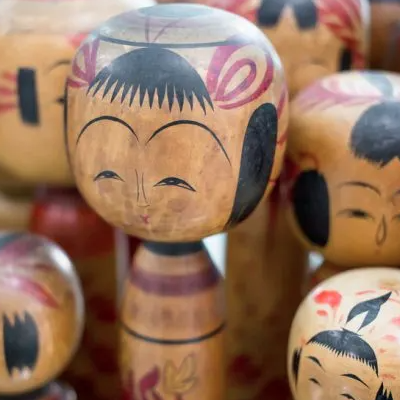
The etymology of the word Kokeshi is unknown, but there are two schools of thought regarding its meaning. Ko can be interpreted as "small" or "child," and keshi might mean "doll." This translates to "small doll," or "child doll." The other possible interpretation for keshi could be derived from the word kesu, meaning "erase." This would translate to "child" and "erase" which may link to infanticides executed with some regularity during the Edo period.
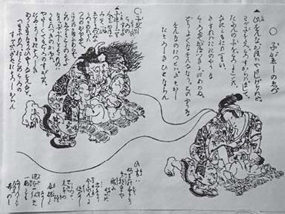
Regardless of the name's origin, Kokeshi dolls have held high esteem as symbols of good fortune and reverence for the spirit realm.
Kokeshi dolls popularity began migrating in the late 19th century and one particular set was brought to the home of Savva Mamontov, a wealthy Russian industrialist and patron of the nationalist artist colony Abramtsevo near Moscow.
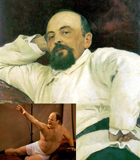
It is believed Mamontov's wife brought home a set of dolls depicting the Seven Gods of Fortune after visiting Japan. Sergey Malyutin, an Abramtsevo painter in residency, drew inspiration from one doll in particular depicting Fukurokuju, a god bearing a curiously large forehead. Within its head nested a set of dolls descending in size.
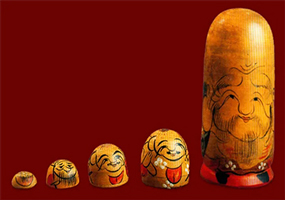
Malyutin sketched a localized version and delivered it to carpenter Vasiliy Zvezdochkin who created a set of eight dolls which could be placed one inside the other. Instead of a deity, Malyutin and Zvezdochkin's doll depicted the face and attire of a peasant woman with her offspring placed inside her, each smaller iteration within the next leading down to a small baby doll.
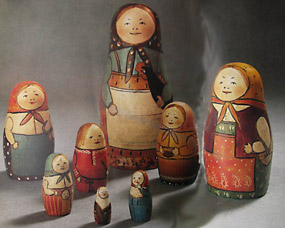
The dolls would go on to gain national popularity in Russia after being exhibited at the 1900 World's Fair in Paris.
